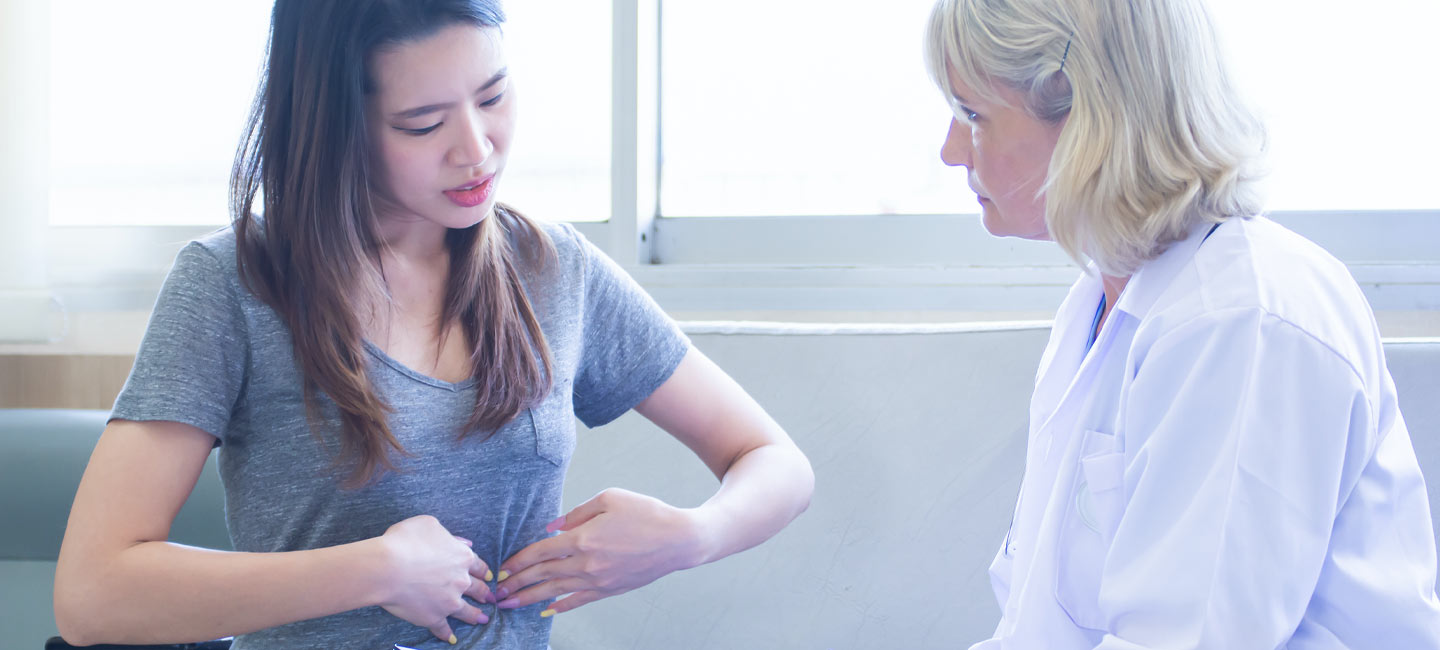Don’t Wait to Seek Help for Pancreatic Cancer Symptoms
A concerning number of people delay seeking help for pancreatic cancer, according to a new survey in the United Kingdom. A Pancreatic Cancer UK poll revealed that 28% of people wait three months before reaching out to a doctor, while 31% put off seeking help for longer than usual due to the COVID-19 pandemic.
The survey of 2,000 adults also found that 22% said that they would not feel confident recognizing jaundice, one of the biggest telltale signs of the disease.
Do you know the signs of jaundice? Our recent survey revealed that nearly a quarter of people could not recognise the signs of this #PancreaticCancer symptom. #PCAM pic.twitter.com/QgSBTC0PLt
— Pancreatic Cancer UK (@PancreaticCanUK) November 5, 2021
According to Dr. Pamela Hodul, a gastrointestinal surgeon at Moffitt Cancer Center, pancreatic cancer is one of the hardest cancers to detect because many of its symptoms are vague.
“We always think about the classic case of a patient who presents with jaundice,” said Hodul. “But that is only in about 35% of cases, where the tumor is actually in the head of the pancreas. The other 65% of the time we see tumors that are in the more distant portion of the pancreas, either in the body and tail region. Those symptoms tend to be much more nonspecific.”

Pancreatic cancer has the lowest five-year survival rate of any cancer, at 10%. According to the American Cancer Society, about 60,000 Americans will be diagnosed with the disease this year.
It is not clear what causes most pancreatic cancer cases. Because of this, it is especially important to be aware of possible symptoms, including:
- Pain in the abdomen and back
- Jaundice (yellowing of the skin and whites of the eyes)
- Changes in stools (constipation or diarrhea)
- Unintentional weight loss
- New-onset diabetes
- Enlargement of the gallbladder
- Nausea, vomiting, indigestion, loss of appetite or other digestive issues
In advanced stages, patients with pancreatic cancer may also experience:
- Blood clots that form in the deep veins (deep vein thrombosis)
- A swollen or distended abdomen caused by a buildup of fluid
According to Hodul, one of the biggest missed signs for many pancreatic cancer patients is new or worsening diabetes.
“For those diabetics whose sugars have been controlled for a very long time, then all of the sudden their sugars are 300-400,” said Hodul. “Their primary care doctor just adjusts their insulin and says, ‘Come back in three or four weeks.’ Then three or four weeks have passed and they up the insulin again, not putting two and two together that the change in the sugar is actually because there’s something abnormal going on in the pancreas.”



